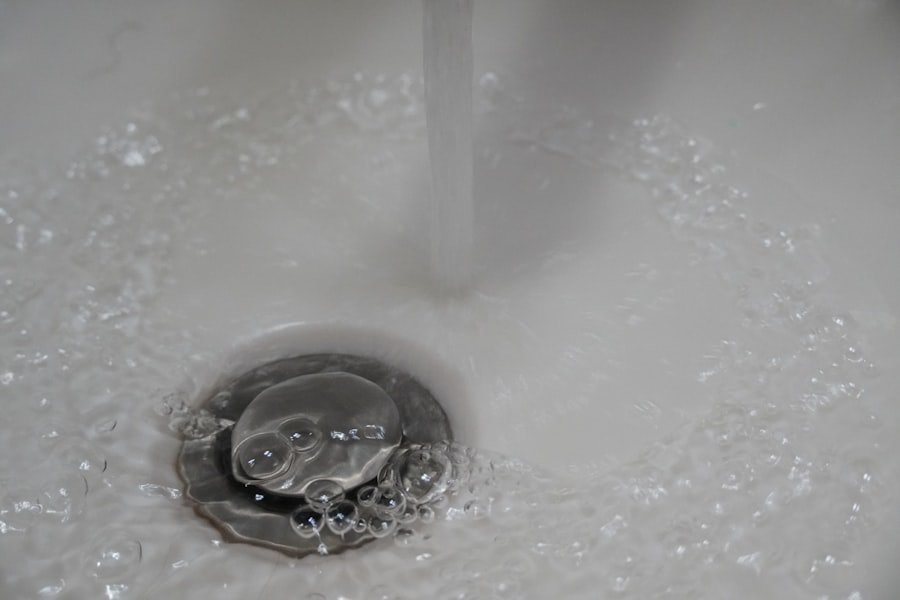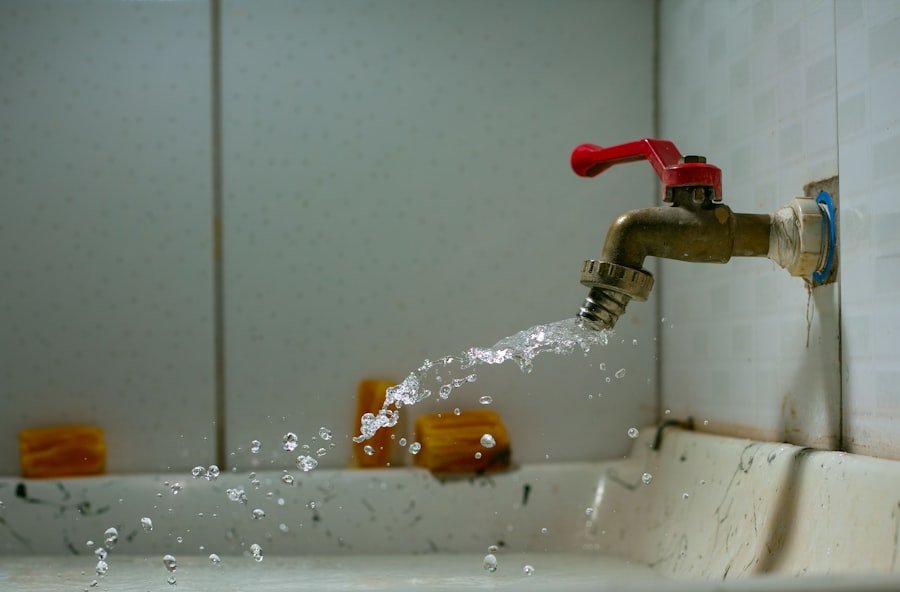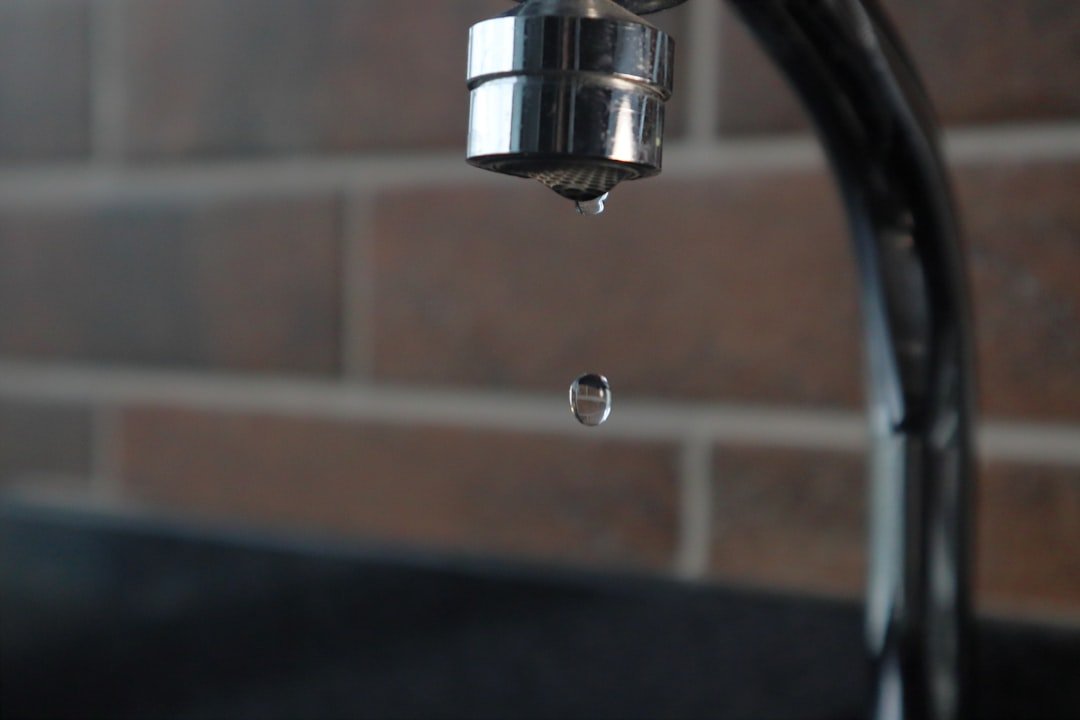Coolant leaks are a significant concern for vehicle owners, as they can lead to severe engine problems if not addressed promptly. The coolant, a mixture of water and antifreeze, plays a crucial role in regulating the engine’s temperature, preventing overheating, and ensuring optimal performance. When a leak occurs, it can compromise the entire cooling system, leading to potential engine damage and costly repairs.
Understanding the nature of coolant leaks, their causes, and the symptoms associated with them is essential for maintaining vehicle health and longevity. The presence of a coolant leak can manifest in various ways, including puddles of fluid under the vehicle, a sweet smell emanating from the engine compartment, or an overheating engine warning light on the dashboard. Identifying the source of the leak is critical, as it can stem from multiple components within the cooling system.
By recognizing the signs early and understanding the underlying issues, vehicle owners can take proactive measures to mitigate damage and ensure their vehicles remain in good working order.
Key Takeaways
- Coolant leaks can lead to serious engine damage and overheating if not addressed promptly.
- Common causes of coolant leaks include corrosion and rust, damaged radiator hoses, faulty water pump, and cracked or damaged radiator.
- Corrosion and rust can occur over time, leading to weakened areas in the cooling system that can result in leaks.
- Damaged radiator hoses can cause coolant to leak out, leading to overheating and potential engine damage.
- Faulty water pumps can result in coolant leaks and cause the engine to overheat.
Common Causes of Coolant Leaks
Coolant leaks can arise from several sources within a vehicle’s cooling system. One of the most common culprits is the deterioration of hoses and connections that transport coolant throughout the engine. Over time, exposure to heat and pressure can cause these components to weaken, leading to cracks or breaks that allow coolant to escape.
Additionally, improper installation or wear and tear can exacerbate these issues, making regular inspections of hoses and connections vital for preventing leaks. Another frequent cause of coolant leaks is the failure of gaskets and seals within the engine. These components are designed to create a tight seal between various engine parts, such as the cylinder head and engine block.
When gaskets become worn or damaged, they can no longer maintain an effective seal, resulting in coolant seeping out. This type of leak can be particularly insidious, as it may not be immediately visible but can lead to significant engine damage over time if left unaddressed.
Corrosion and Rust

Corrosion is a natural process that occurs when metal components are exposed to moisture and other environmental factors. In the context of a vehicle’s cooling system, corrosion can lead to the degradation of critical components such as the radiator, water pump, and engine block. When rust forms on these parts, it can create small holes or weak spots that allow coolant to leak out.
This is especially prevalent in older vehicles or those that have not been maintained properly. The presence of rust not only contributes to coolant leaks but also compromises the overall efficiency of the cooling system. As rust builds up within the radiator or hoses, it can restrict coolant flow, leading to overheating and further damage.
Regular maintenance, including flushing the cooling system and replacing old coolant with fresh fluid, can help mitigate corrosion and extend the life of these components. Additionally, using high-quality coolant that contains rust inhibitors can provide an extra layer of protection against corrosion.
Damaged Radiator Hoses
| Month | Number of Damaged Radiator Hoses | Cost of Repairs |
|---|---|---|
| January | 15 | 500 |
| February | 12 | 450 |
| March | 18 | 600 |
Radiator hoses are essential for transporting coolant between the engine and radiator. These hoses are typically made from rubber or silicone and are designed to withstand high temperatures and pressures. However, over time, they can become brittle or develop cracks due to age, heat exposure, or chemical degradation from the coolant itself.
When this happens, coolant can leak from these damaged hoses, leading to a drop in fluid levels and potential overheating. Inspecting radiator hoses regularly is crucial for identifying signs of wear before they lead to leaks. Look for any visible cracks, bulges, or soft spots on the hoses.
Additionally, pay attention to any signs of coolant pooling beneath the vehicle or a sweet smell in the engine compartment, which may indicate a hose failure. Replacing damaged hoses promptly can prevent more severe issues down the line and ensure that the cooling system operates efficiently.
Faulty Water Pump
The water pump is a vital component of a vehicle’s cooling system, responsible for circulating coolant throughout the engine and radiator. If the water pump becomes faulty due to wear or damage, it can lead to coolant leaks. Common signs of a failing water pump include a whining noise coming from the engine bay, visible coolant leaks around the pump area, or an overheating engine.
When a water pump fails, it may not only leak coolant but also fail to circulate it effectively. This can result in hot spots within the engine, leading to overheating and potential engine damage. Regular maintenance checks should include inspecting the water pump for any signs of wear or leakage.
If any issues are detected, replacing the water pump promptly is essential to maintain proper cooling system function.
Cracked or Damaged Radiator

The radiator serves as a heat exchanger that dissipates heat from the coolant before it returns to the engine. Over time, radiators can develop cracks or become damaged due to corrosion, physical impact, or general wear and tear. A cracked radiator can lead to significant coolant loss and may result in overheating if not addressed quickly.
Identifying a damaged radiator often involves looking for visible signs of leakage or corrosion on its surface. Additionally, if you notice steam rising from under the hood or a sudden drop in coolant levels without an obvious external leak, it may indicate an internal radiator issue. Regularly flushing and maintaining the radiator can help prevent corrosion and extend its lifespan.
If damage is detected, replacing the radiator is crucial for restoring proper cooling system function.
Overheating Engine
An overheating engine is both a symptom and a potential cause of coolant leaks. When an engine runs hotter than its optimal temperature range, it can lead to increased pressure within the cooling system. This heightened pressure can exacerbate existing weaknesses in hoses, gaskets, or other components, resulting in leaks.
Conversely, if there is a coolant leak present, it can lead to insufficient cooling capacity, causing the engine to overheat. Monitoring engine temperature is essential for preventing overheating issues. Most vehicles are equipped with temperature gauges that provide real-time feedback on engine heat levels.
If you notice your engine temperature rising above normal levels, it’s crucial to pull over safely and investigate potential causes such as low coolant levels or visible leaks. Addressing overheating promptly can prevent catastrophic engine damage and costly repairs.
Leaking Heater Core
The heater core is a small radiator-like component located inside the vehicle’s cabin that provides heat for passenger comfort during colder months. If the heater core develops a leak due to corrosion or physical damage, it can result in coolant leaking into the cabin area. This often manifests as wet carpets or a sweet smell inside the vehicle.
A leaking heater core not only compromises passenger comfort but also poses risks to other components within the vehicle’s interior. If left unchecked, coolant can damage electrical systems or create mold growth due to moisture accumulation. If you suspect a heater core leak, it’s advisable to have it inspected by a professional mechanic who can determine whether repair or replacement is necessary.
Head Gasket Failure
The head gasket plays a critical role in sealing the combustion chamber between the engine block and cylinder head. A failure in this gasket can lead to significant coolant leaks as well as oil contamination with coolant. Symptoms of head gasket failure may include white smoke from the exhaust, milky oil on the dipstick, or an overheating engine.
Diagnosing head gasket failure often requires thorough inspection by a qualified technician who may perform tests such as a compression test or chemical analysis of the coolant. Repairing a blown head gasket is typically more complex than addressing other types of leaks and may involve extensive labor costs due to disassembly of engine components. Preventative measures such as regular maintenance checks and monitoring engine temperature can help reduce the risk of head gasket failure.
Improper Coolant Levels
Maintaining proper coolant levels is essential for ensuring efficient operation of a vehicle’s cooling system. Low coolant levels can result from leaks but may also occur due to evaporation over time or improper filling during maintenance procedures. Insufficient coolant can lead to overheating and increased wear on engine components.
Regularly checking coolant levels should be part of routine vehicle maintenance. Most vehicles have a designated reservoir for coolant that should be inspected periodically for proper fluid levels. If you find that your coolant levels are consistently low without visible leaks, it may indicate an internal issue such as a failing water pump or head gasket that requires immediate attention.
Conclusion and Prevention Tips
Preventing coolant leaks involves proactive maintenance and regular inspections of your vehicle’s cooling system components. Routine checks on hoses, gaskets, and connections can help identify potential issues before they escalate into significant problems. Additionally, using high-quality coolant with rust inhibitors can protect against corrosion while ensuring optimal performance.
Educating yourself about your vehicle’s cooling system will empower you to recognize early signs of trouble and take appropriate action before minor issues develop into costly repairs. By prioritizing regular maintenance and addressing any concerns promptly, you can help ensure your vehicle remains reliable and efficient for years to come.
If you are experiencing coolant leaks in your vehicle, it is important to understand the potential causes. One related article that may be helpful is Mastering the Art of Pizza Oven Cooking, which discusses the importance of proper maintenance and care for your kitchen appliances. Just like a pizza oven needs regular upkeep to function properly, your vehicle’s cooling system also requires attention to prevent leaks. By understanding the common causes of coolant leaks, you can take the necessary steps to address the issue and keep your vehicle running smoothly.
FAQs
What are common causes of coolant leaks?
Common causes of coolant leaks include a damaged or worn out radiator, a cracked or damaged hose, a faulty water pump, a leaking head gasket, or a corroded heater core.
How can I identify a coolant leak?
You can identify a coolant leak by checking for puddles of coolant under your vehicle, a sweet smell coming from the engine, an overheating engine, or a low coolant level in the reservoir.
What should I do if I suspect a coolant leak?
If you suspect a coolant leak, it is important to address the issue promptly. Check for visible signs of a leak, such as puddles under the vehicle, and inspect the hoses, radiator, water pump, and other components for damage. It is also advisable to have a professional mechanic inspect and repair the issue to prevent further damage to the engine.
Can I drive with a coolant leak?
It is not recommended to drive with a coolant leak, as it can lead to overheating and serious damage to the engine. If you suspect a coolant leak, it is best to have the issue addressed before driving the vehicle.

